Bi-Metal Heat Break Purchase Guide: Which one to Get?

There are a lot of hotend variations available to purchase, and with them we get a large variation of heat breaks. In this guide I will try to list all the bi-metal heat breaks available for different printers.
If your 3D printer is not listed, then I recommend taking your current heat break, and measuring it. After you get the measurements, you can compare with the bi-metal heat breaks I mention and find the correct one. Or leave a commend with your 3D printer, and I will send you the correct size and upgrade the article.
What is a Bi-Metal Heat Break?
A bi-metal heat break is similar to a regular heat break, but it’s made from better materials to provide the best thermal performance you can get. After upgrading, you can print higher temperature materials and you won’t need to service your printer that often.
I covered this topic in my previous articles, like the Bi-Metal Heat Break Review and the Copperhead Heat Break Review. I recommend reading those articles first, to better understand how these hotend upgrades can improve your 3D printing experience.
Bi-Metal Heat Break Upgrade for Creality Printers using MK10 hotend
Most Creality printers launched in the last few years use the MK10 hotend. You’ve probably seen it on other printers too.
Design wise, it’s not a bad hotend but the main issue is the PTFE lined heat break. It’s the main drawback I always complain about in my reviews because this lowers the thermal performance of the hotend and usually causes clogs. Besides that, using the hotend for longer periods of time with temperatures over 240C will degrade the PTFE tube inside and cause problems.
Fortunately, there are bi-metal heat breaks out there which can be used to upgrade the stock MK10 hotend with ease. After installing a better heat break, the thermal performance of the hotend will be much improved and the risk of clogs will be lowered significantly.
For the MK10 hotend, I recommend purchasing the following heat breaks:
Slice Engineering Copperhead C-E heat break
Trianglelab Bi-metal Heat Break for Ender 3
Mellow NF CR10-TCrazy Heat Break
Bi-Metal Heat Break for Anycubic Vyper
The Anycubic Vyper is a good 3D printer out of the box, running a bowden setup. This works well, but in my experience, having a bi-metal heat break for a bowden 3D printer will improve retractions, flow consistency and will allow higher temperature printing without worrying about servicing the printer too often.
With the Anycubic Vyper, you can buy one of the heat breaks below. The Slice Engineering heat break is 5 mm shorter, but it should work. You just need to push the PTFE tube a bit further down the hotend.
Slice Engineering Copperhead Standard G2 (5mm shorter, but it can work)
Mellow All-Metal NF TArazy Heat Break
Trianglelab ANYCUBIC Vyper Bi-Metal Heat break
FLSUN Super Racer Bi-Metal Heat Break
With the FLSUN Super Racer, you can use any heat break made for the Creality MK10 hotend, or purchase on the bi-metal heat breaks listed below.
They will all fit the stock FLSUN Super Racer stock hotend, and will greatly improve the performance of your hotend, especially if you’re using the stock bowden setup.
Slice Engineering Copperhead C-E heat break
Trianglelab Bi-metal Heat Break for Ender 3
Mellow NF CR10-TCrazy Heat Break
Artillery Sidewinder X1/X2/Genius/Genius Pro Bi-Metal Heat Break
Most Artillery printers come with a Titan Aero-like extruder. This extruder has been upgraded over time, but if you want to get the best performance, you need a bi-metal heat break. You could buy the all-metal extruder kit from Artillery for ~100$ or you could upgrade your current extruder for less.
For the early Sidewinder X1 and Genius printers, Artillery used a RepRap 1.75 threaded heat break. In the newer versions of these 3D printers, they use a smooth variant similar with the Kraken heat break used in the Chimera hotend. I recommend disassembling the extruder to find out what heat break you need for your particular printer.
The Sidewinder X2 and the Genius Pro come with the smooth variant so there’s no need to disassemble the extruder to find out.
These are the bi-metal heat breaks recommended for Artillery 3D printers:
Trianglelab V6 Bi-Metal Heat Break
Mellow All-Metal NF D-TCrazy Heat Break
Creality CR-10 Smart/CR-6 SE/CR-5 Pro/CR-200B Bi-Metal Heat Break
Creality is sometimes trying to come up with better hotends, but not all of them are a success. The same happened with the CR-10 smart hotend which is not their best work, but it is still better than the CR-6 SE version.
Fortunately, this one is also compatible with the CR-6 SE bi-metal heat breaks, so if you are looking for an upgrade, feel free to buy one from the variants listed below:
CR-6 SE bi-metal heat break
Creativity CR6 SE All Metal Bimetal Heatbreak
Bi-Metal Heat Break for Two Trees Bluer Plus/Sapphire Plus/BIQU B1
The 3D Printers made by Two Trees usually come with this aluminum hotend. The same thing applies for the BIQU B1. In it’s stock configuration, it’s one of the worst hotends you can get in my opinion, but it can be greatly improved with a bi-metal heat break.
The heat break is compatible with the MK10 variants out there, so you will be able to upgrade it without spending too much.
Slice Engineering Copperhead C-E heat break
Trianglelab Bi-metal Heat Break for Ender 3
Mellow NF CR10-TCrazy Heat Break
All-Metal and Bi-Metal Heat Break for Prusa Mini
The Prusa Mini hotend doesn’t have a standard heat break, meaning that you will need to purchase one made specifically for it. Because of this, they are more expensive, but I think it’s worth upgrading to a bi-metal or all-metal heat beak. I did it on my Prusa Mini clone and I am really happy with the results.
Mellow All-Metal NF Prusa MINI-TCrazy Heat Break
Trianglelab Prusa Mini Titanium Alloy Heat Break
Dforce Prusa Mini Titanium Alloy Heat Break
Bi-Metal Heat Break for BIQU H2
The BIQU H2 extruder needs a smaller size bi-metal heat break, which is similar to the Standard G2 copperhead heat break from Slice Engineering. The BIQU variant has a copper cold zone with a titanium thread and throat.
I can’t find a lot of places where to purchase a bi-metal heat break for the BIQU H2, but if you want the best performance, I recommend getting the Slice variant.
Slice Engineering Copperhead Standard G2
BIQU H2 bi-metal heat break
E3D Hemera Bi-Metal Heat Break
The only bi-metal heat break available for the E3D Hemera extruder is available from Zodiac. The all-metal heat breaks you can find on AliExpress are made from Titanium. I can’t really complain of the stock heat break performance in the Hemera, but the Matrix extruder had lower temperatures and I always wanted to have the same on the Hemera.
Fortunately, the new E3D RapidChange Revo uses the same heat break as a Hemera, and you can get the Revo Hemera upgrade kit. This will upgrade the heat break of your E3D hemera while also upgrading to the new Revo hotend which allows you to easily change nozzles.
We will talk more about this in a future article where I show you how I upgraded my Hemera.
Raise3D E2 Bi-Metal Heat Break Upgrade
The Raise3D E2 uses a proprietary heatblock and heat break. This one has a PTFE tube inside it, but I still had clogs when using cheaper PLA filament. Most Raise3D owners decide to upgrade the hotends with a pair of Slice Engineering Copperhead hotends to fix the issue. This also allows the use of regular V6 nozzles instead of needing to purchase the original Raise3D nozzles.
If you decide to go on the same route, there’s an upgrade guide available here.
Wrapping Up
I hope this article is helpful for finding the correct bi-metal heat break for your 3D printer. If you have a different printer, which uses a special type of heat break, feel free to leave a comment to help the others.
Before making a purchase, I also recommend looking into what hotend you can install on your 3D printer, without too much trouble. You might find a that there’s little difference between the cost of a bi-metal heat break and a whole new hotend which might improve the print quality even further.
Liked it?
|
|

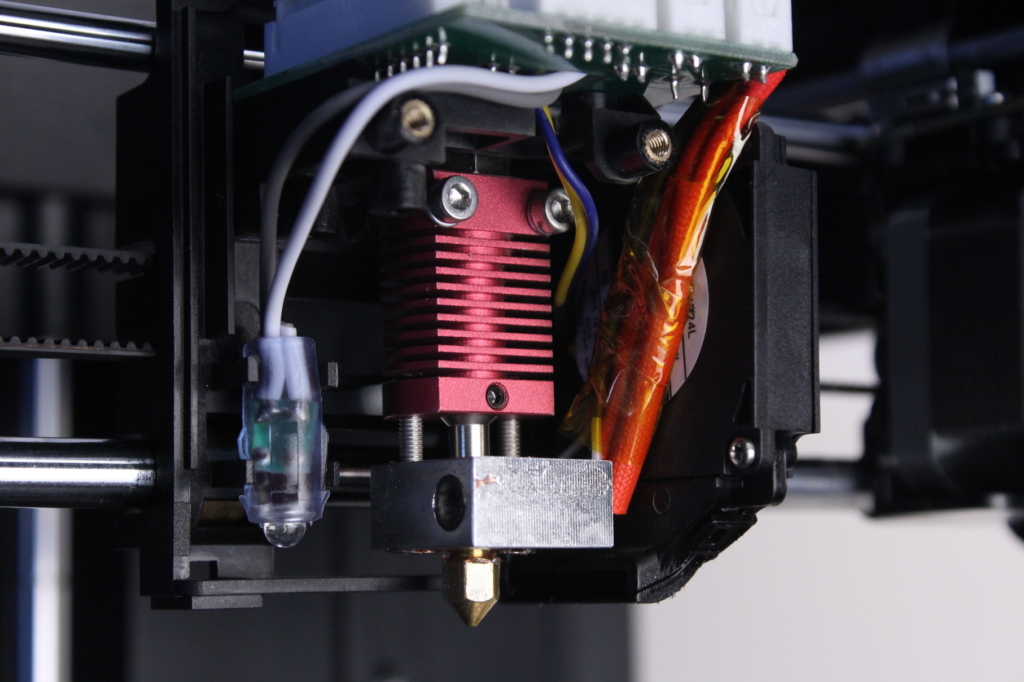
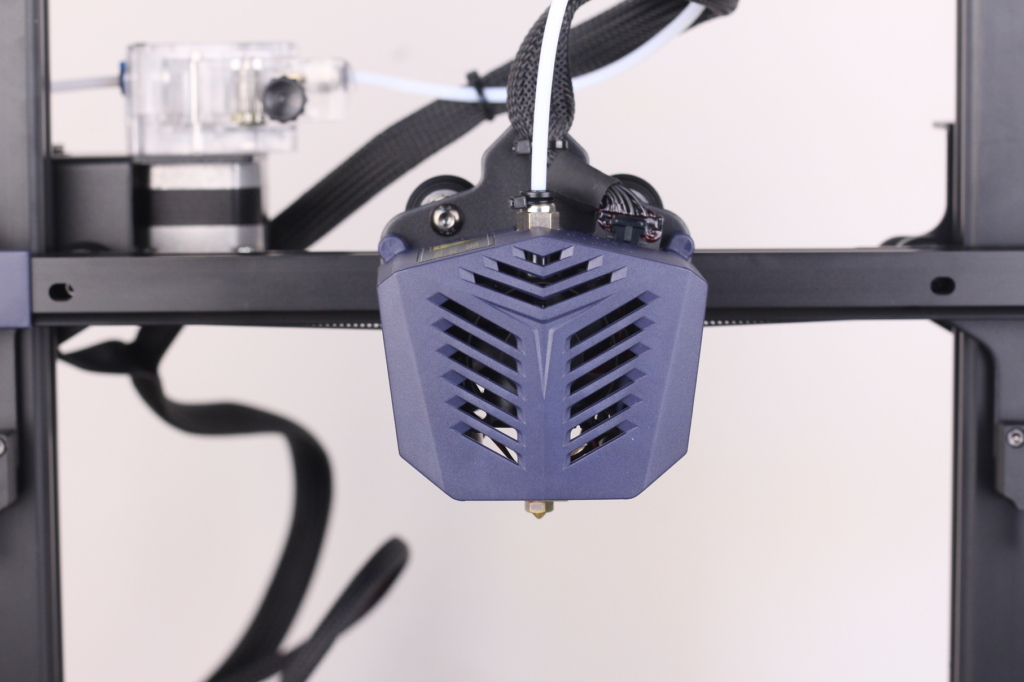
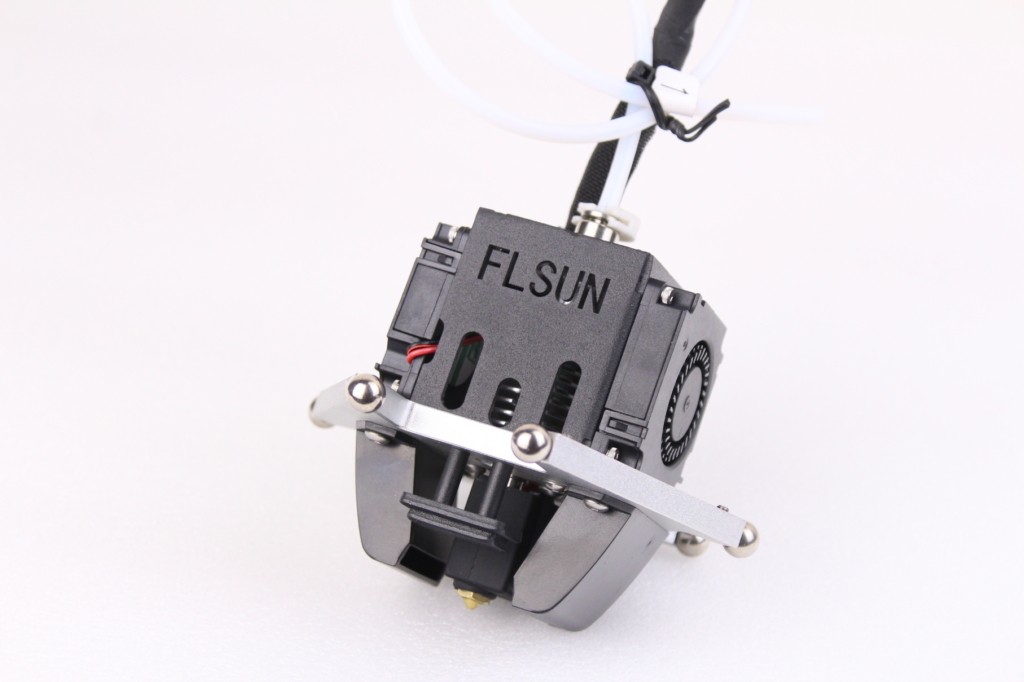
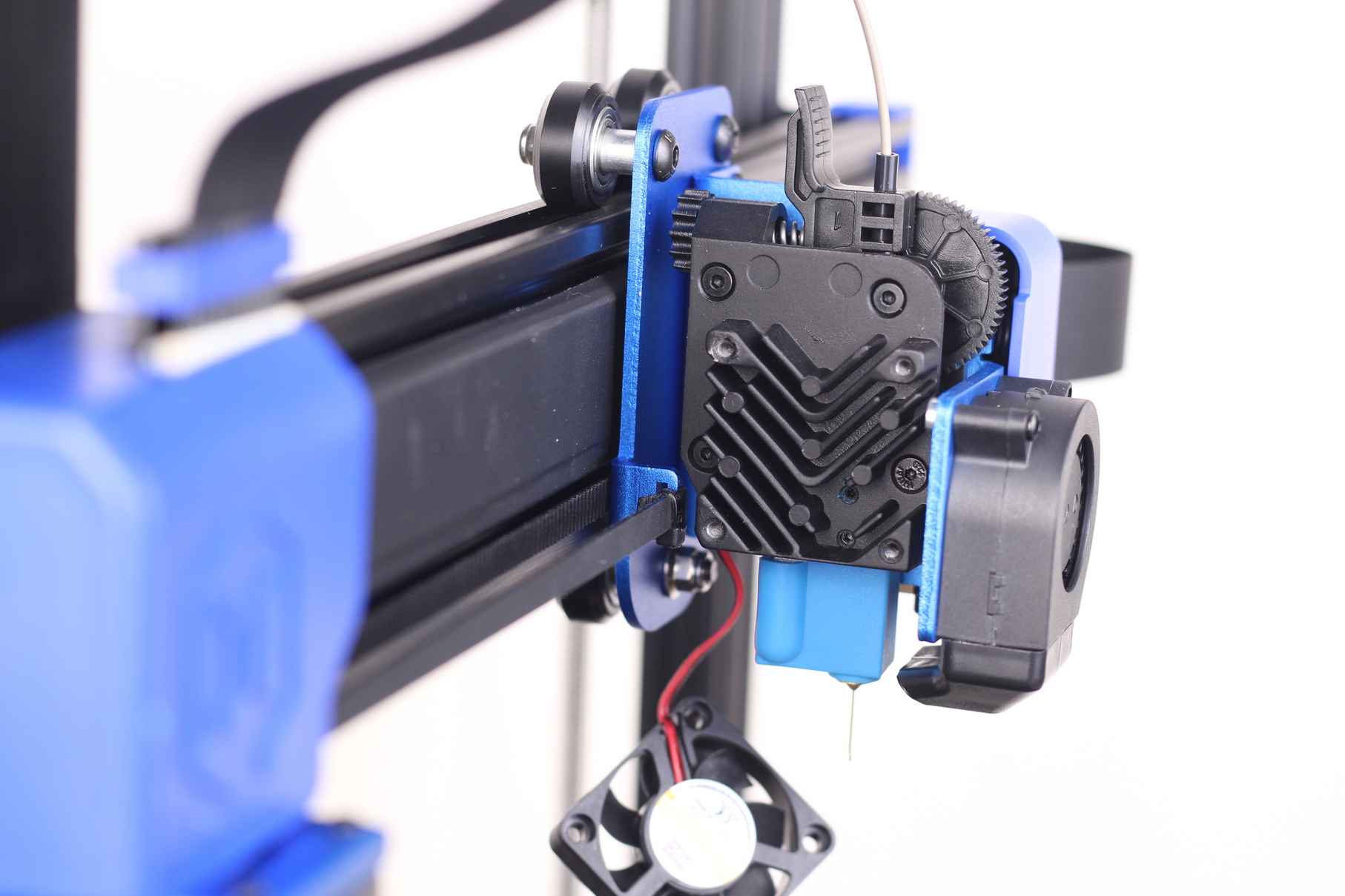
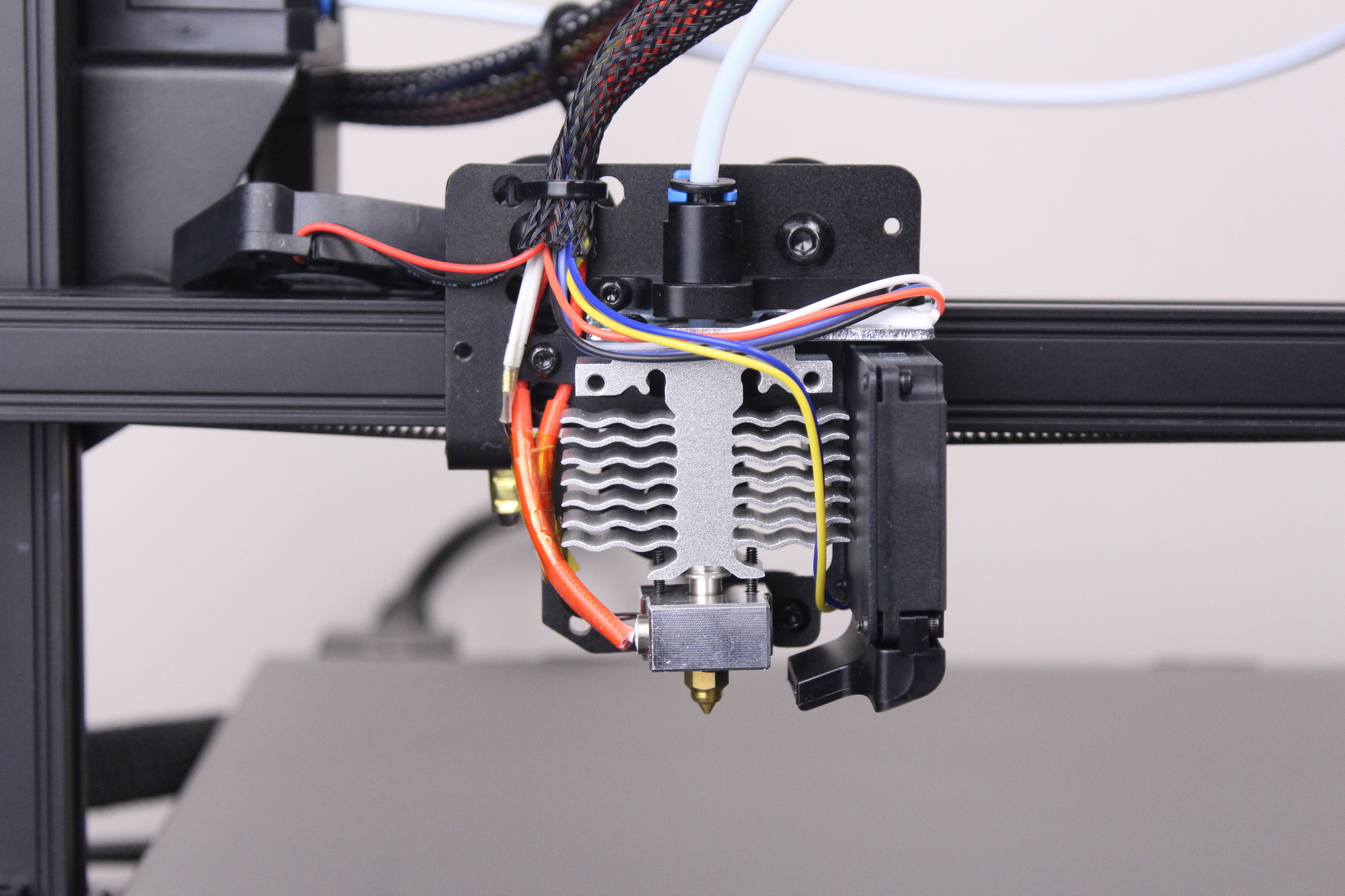
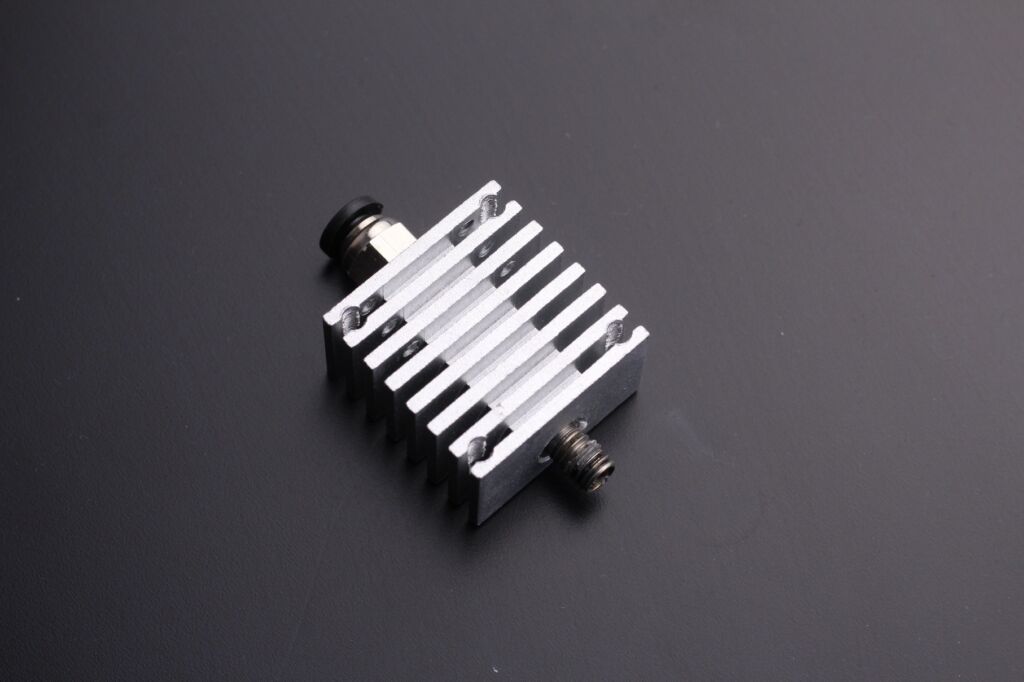
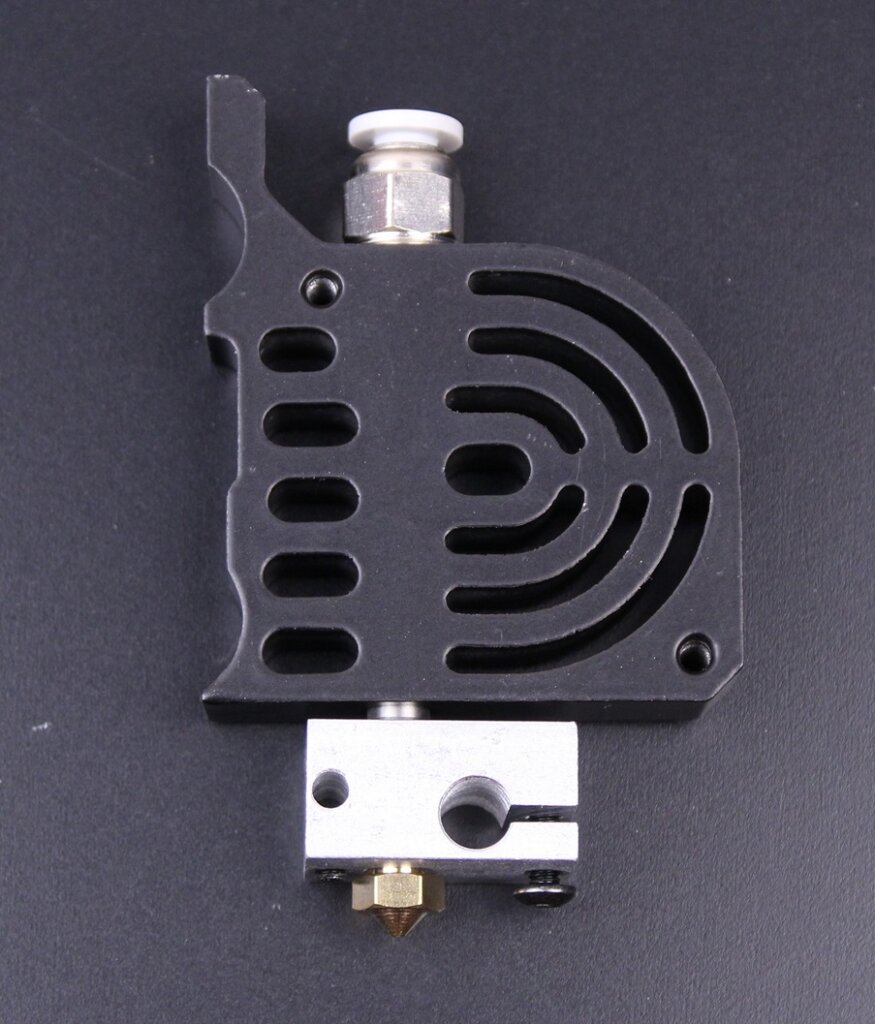
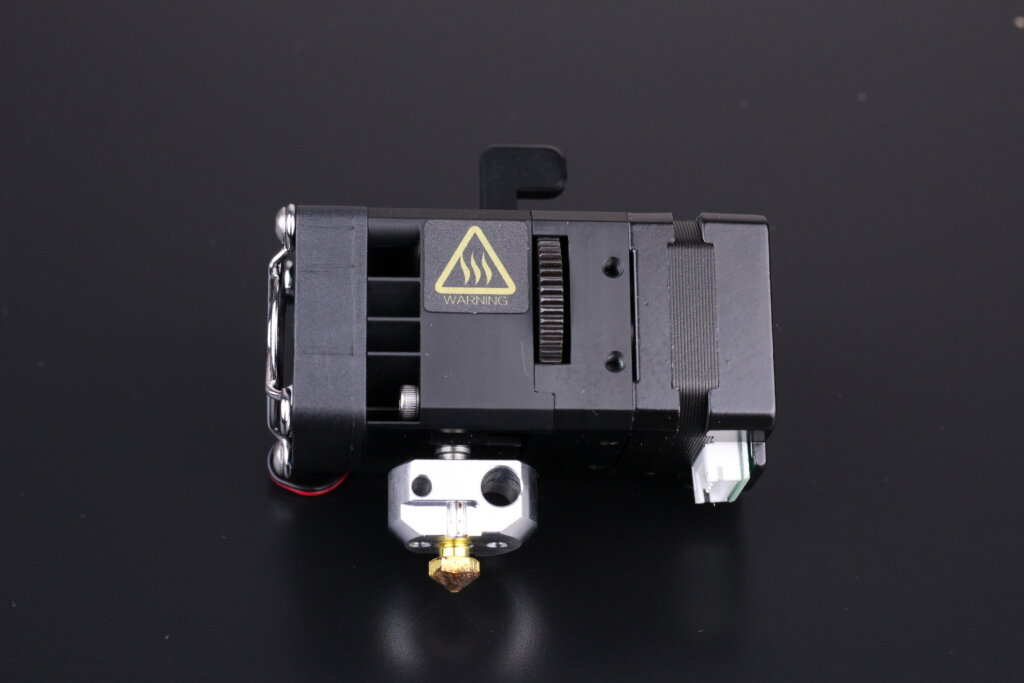
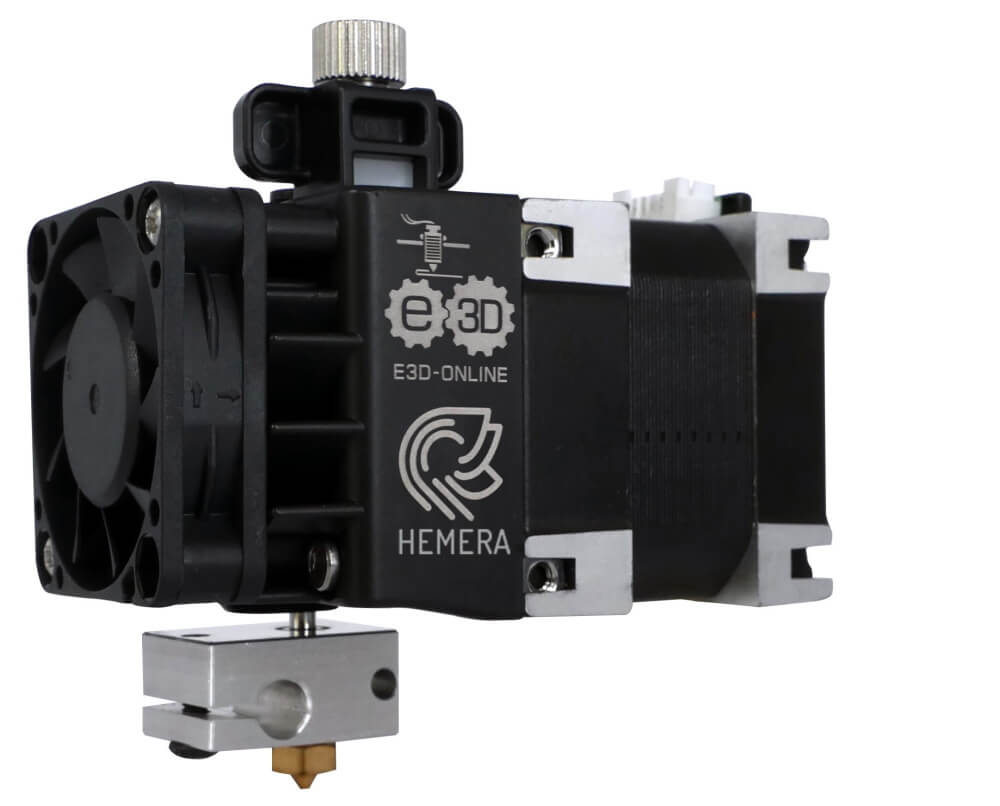
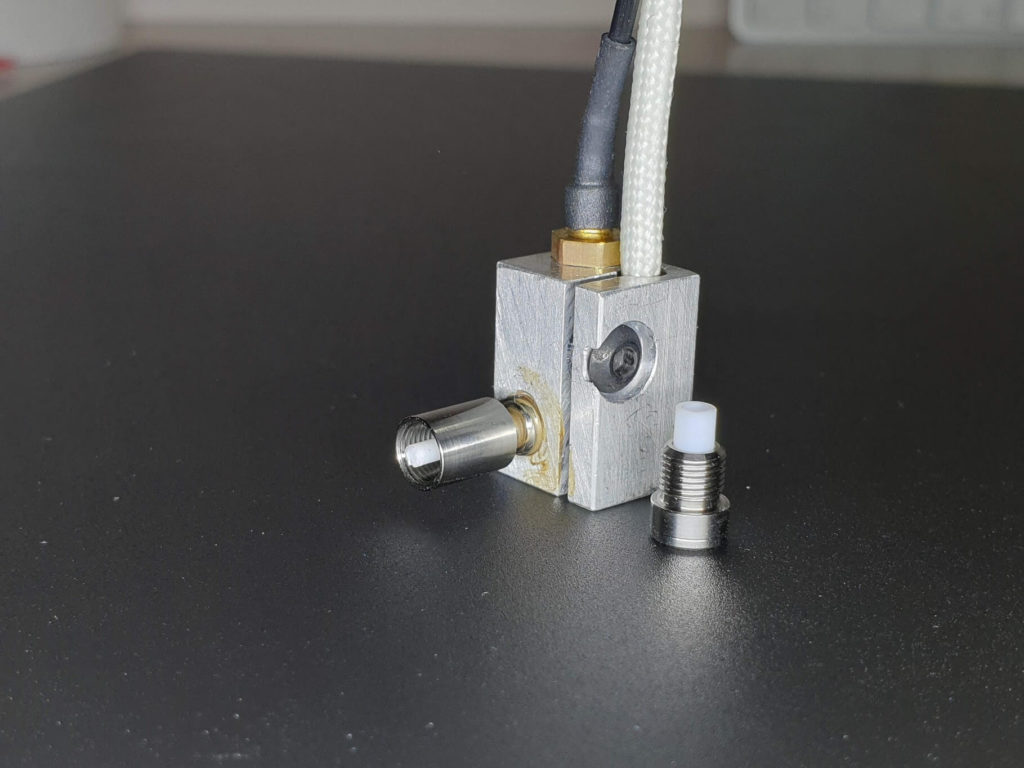
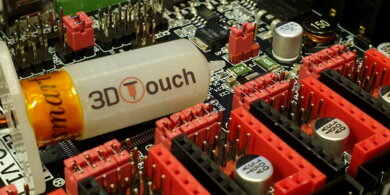
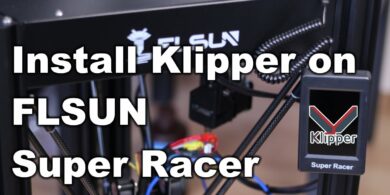
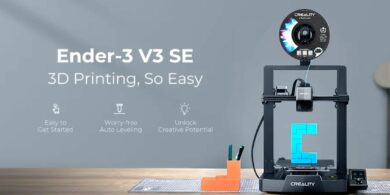


Creality is now selling copper + titanimum or titanimum heat break on their official website for their Sprite extruder : https://vip.creality.com/en/goods-detail/1638
Hopefully it will be soon available on other channels.
It is already available on AliExpress
This is the heat break
Really looking forward to the Revo system. As soon as they have a NozzleX version I’m upgrading my Hemera. No more hot tightening and so easy to swap nozzles.
before spending that much on a trianglelab heatbreak for mk10 wouldnt it be a smarter investment to get a triangle v6 with bi-metal heatbreak right away? costs me 7 bucks more
You could also look into getting a NF Smart hotend. It has a bi-metal heat break integrated in the hotend, it’s a drop in replacement for Creality machines and it’s not expensive.
It all depends on what compatibility you have on your printer, and how much time you want to invest modding it.
What’s your take on the “Mellow CR10 Crazy (Copper) Bi-Metal Heatbreak” vs the “Mellow CR10 TCrazy Bi-Metal Heatbreak”?
In CNC-Kitchen’s video, Stefan said that the copper portion that interfaces with the nozzle is very useful in forming a pseudo “Volcano”-length heating chamber by using regular V6 nozzles. In response, is it really a good idea to instead have a Titanium portion interfacing with the nozzle?
The titanium thread was introduced because the copper variant was easier to damage.
For the SR the C-E is actually the compatible heatbreak not the G2